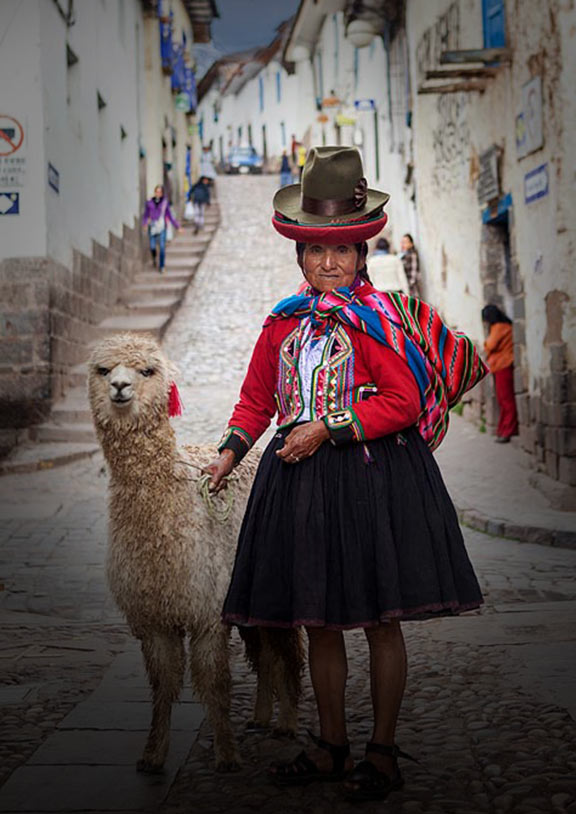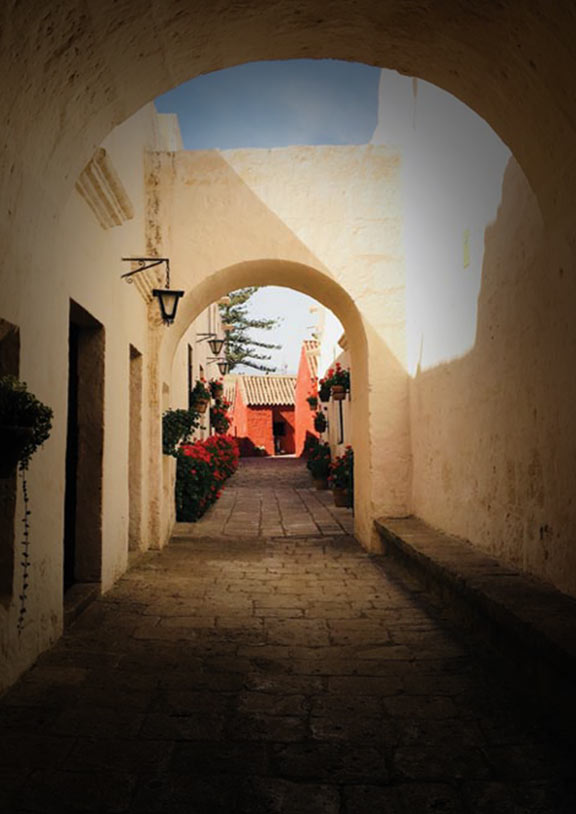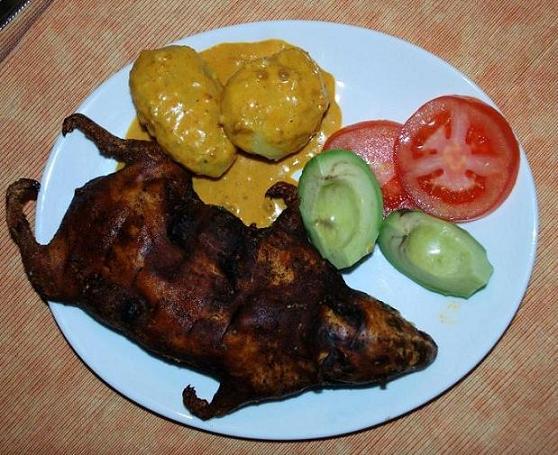Stray away from the crowds and traditional tourist routes in Peru to immerse yourself in the authentic traditional way of life and culture, in the relatively unknown yet charming village of Moquegua. Moquegua is a small southern region of Peru, home to about 170,000 people, boasting both desert coastline and Andean highlands. The region was occupied by Incas and other cultures before the Spaniards conquered the area and founded the capital city, Moquegua, in 1541. Moquegua means “quiet place” in the native Quechua language, a perfect name for this serene and remote area.
Located in the driest part of Peru, merging with Chile’s Atacama Desert, the Moquegua region houses extensive mineral reserves, and is home to one of Peru’s largest copper mines, Cuajone. The nearby Rio Moquegua surprisingly delivers enough water for farming in the surrounding rural area, with vast productions and exports of olives, pisco, avocados and apricots.
With its narrow cobbled streets, attractive plaza, and adobe houses with roofs made of thatch and clay, the colonial city of Moquegua is a real pleasure to explore. There is not much to do but stroll down the streets and soak up the tranquil atmosphere of this quaint settlement.
Admire the picturesque Plaza de Armas, or main square, beautifully shaded by tall ficus trees, and adorned with a surprising metal fountain designed in 1877 by world famous architect Gustave Eiffel. Take a peek into the beautiful Catedral de Santo Domingo restored in 1868 after a devastating earthquake and featuring on one of its towers the first clock to arrive the village, from London, in 1798. Passing through the doorway of the church, you can enter the Museo Contisuyo, where the permanent exhibition of hundreds of artifacts lays out over 12,000 years of history in the region.
Previously isolated from the rest of Peru, Moquegua is now well connected with several bus companies serving the area. Buses from Lima (16/20 hours), Arequipa (4 hours), or Puno (8 hours) all come to this small yet lovely region, where travelers will get a sense of the true Peruvian life style. Just off of the Panamerican highway, Moquegua is easily accessible, yet far enough away to remain off the tourist radar, making for a unique trip experience.
Moquegua is also a fantastic departure point for amazing hikes in the region. Adventurous visitors take the 15 minute ride to Cerro Baul up the Tunilaca Valleyma. The climb up Cerro Baul is a bit strenuous, but the view from the top on a clear day is breathtaking and worth the effort. Cerro Baul is also covered by interesting Wari ruins. If you do not fear strenuous walks, the Mollesacha waterfall Catarata de Mollesacha and the gorges in reddish purple stone behind Cerro Los Angeles in the Torata valley are definitely worth a visit if you have a day to spare.
Moquegua is known for cuy chactado, breaded guinea pig fried under a heavy flat rock, one of Peru’s most famous dishes. Don’t be put off by the Moquegua style cuy, which comes whole with claws and teeth, as you are likely to be surprised by its excellent taste, similar to chicken. There are several cuy restaurants in town which generally feature pleasant outdoor areas overlooking the green farmland. People from Moquegua insist that the finest pisco comes from Moquegua. Make sure to try another of Moquegua’s specialties, damascos, apricots marinated in pisco.
For more information about what to do in Moquegua and its surroundings and to learn about more Peru travel opportunities, contact one of our Peru travel advisors at Peru For Less.

Peru for Less is a group of travel experts who live, work, eat, and breathe all things South America. Their inspiration stems from a deep appreciation for the beauty and diversity that make this continent so special.










